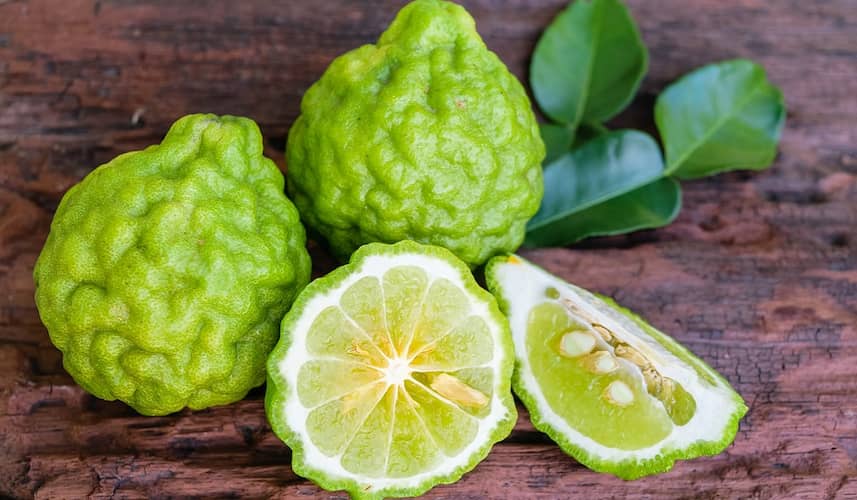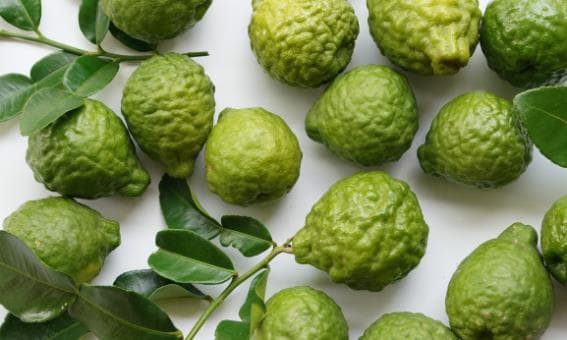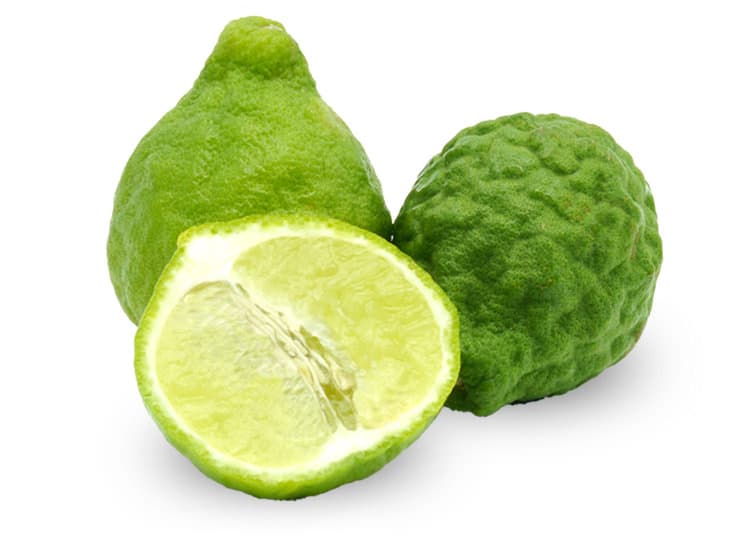Bergamot Tree: Care, Zone, Flower, Usage Areas, Benefits
The fruit from the bergamot tree is often used to sweeten Earl Gray tea. Therefore, it has quickly gained popularity around the world.
Bergamot tree starts to yield 3 years after planting. For this reason, although it is a suitable environment for growing in some countries, it is not preferred much.
The size of the fruit is small, the color is yellow, at first glance it is not understood exactly what it is. When we look at its greenish-yellow skin, we can guess that it looks like a lemon.
It is thought to be the result of the hybridization of the bergamot tree from a sour orange and citron or lemon. Whatever the result, this herb is often used and loved in marmalades and perfumes around the world.
What Will We Learn?
The History Of The Bergamot Tree
Bergamot tree is called “Citrus Bergamia” in Latin. Bergamot tree is an unknown species of the citrus family. Bergamot tree resembles lemon tree in terms of fruit and structure. It attracts attention with its fragrant and orange, lemon-like fruits.
The liquid and oil extracted by squeezing the shells are used as flavoring. The bark part of the fruit of the bergamot tree is a little rougher.
Bergamot tree can be up to 4 meters tall. When the tree reaches 1 meter in height, it starts to bear fruit.
It is not known exactly when and where the Bergamot Orange Tree grows and which fruits are crossed. As stated above, they are not thought to be formed as a result of hybridization of sour orange and citron or lemon.
Although its homeland is not known, it is known that it has been cultivated in Southern Italy for 1700 years. It is thought that 95 percent of the plant is still grown in this country.
The fruit of the herb is generally not used to be eaten but used to produce perfume, essential oil, marmalade and soap. This is due to its high concentration of oil, which gives its flowers, fruit and leaves a distinctive aroma.
Cultivation Areas

The planting zone of the tree occurs in zones 9 to 11 in the United States. The plant can withstand temperatures up to 28 to 30 degrees.
If you live in a place where the heat drops during the winter months, it would be a good idea to move your Bergamot orange tree to your greenhouse or home because this plant will not be able to withstand too much cold.
This tree species belongs to a hardy citrus species. But it can be vulnerable to extreme weather conditions. It needs moderate moisture and becomes stunted in very wet and very dry conditions. The tree should be planted where it can get enough sunlight, but it should be avoided in windy areas where it can cause breakage in the knots.
Features
Bergamot orange tree is a small tree that can be easily grown in a greenhouse or pot. The length of the plant at full maturity is between 10 and 16 feet. It is an evergreen type of plant and its aroma is present not only in its flowers, but also in its fruits and leaves.
The tree blooms white flowers in November and January and gets a beautiful appearance during the winter months. It is an added advantage that the tree does not have thorns.
The fruit of the tree (Bergamot orange) is a medium-sized fruit with a hard shell. Its color is light yellow, it contains plant flesh, a moderate amount of water and a small amount of seeds.
Size and Range
Bergamot tree is a type of citrus that is not very large. They grow from 10 to 16 feet as mentioned above. These dimensions mean that the tree will not take up much space in the greenhouse or home. You can keep the elongation of the stems under control by doing extra-wide pruning.
If you are going to plant your bergamot orange tree in your garden, the thing to be careful about is that the tree is at least 12 to 15 feet away from other trees or structures. The reason for this is that this distance between large plants and trees does not prevent the growth of the Bergamot tree.
With this method, the plant can get the required amount of sunlight and sufficient nutrients from the soil.
The tree is self-fertile so you don’t need to add cross pollinators. A single tree can yield 40 to 50 units of fruit. Thanks to its sweet-smelling flowers, it attracts pollinators like bees.
Bergamot Tree Care
As mentioned above, this type of tree is very durable and does not require much maintenance. Frequent pruning, frost protection and moderate pest care will keep the tree growing smoothly.
If you are going to take care of this tree, the important point you should not forget is the winter months. It is a good idea to plant the tree in a pot considering the winter months because it will be easier to move the pot to the house or greenhouse during the winter months.
It’s a good idea to move your Bergamot orange tree indoors when temperatures dip below 28 degrees Fahrenheit. You can place the tree in a room with plenty of sunlight. The room temperature should be ideal and protected from any strong drafts.
Since citrus tree species like humid environments, they can dry out indoors. To avoid this situation, it may be a good idea to run a humidifier in your home. If you do not have a humidifier, you can periodically spray the tree’s knots with water.
If there is anything that could cause the tree to dry out, be sure to keep it out of the room. Since citrus trees are resistant to heat, you do not need to be afraid that they will dry out.
The more sunlight it is exposed to, the more beneficial it will be for the growth of the tree.
Cultivated in tropical or subtropical regions. This makes them sun resistant. But exposure to too much sunlight during times of scorching temperatures can cause it to dry out.
Irrigation
One of the important factors in the care of the tree is how you water it. Make sure you don’t water too much or too little. You can check the soil around the roots to see if the amount of irrigation is adequate.
If your tree is planted in the garden, you will not need to water it, but if your garden is extremely dry and hot, watering may be required. If you have planted the tree in a pot, you can determine whether the soil is dry or watery with your finger.
If it is dry, you can add a little water to ensure that enough water reaches the roots. If you water too much, the roots will suffocate and the risk of bacteria or fungus growth increases.
Pruning
If you want to see how to prune the bergamot tree, you can watch the video below:
While most citrus tree species require pruning, Bergamot tree does not need much pruning. Pruning can help you improve the tree’s health and increase the amount of fruit it produces.
The main purpose of pruning is to obtain a beautiful appearance by cutting dried and unproductive branches. After the fruit harvest begins, you can prune once a year.
Aim to remove dry or diseased branches. There is no harm in cutting the branches that grow close to the center of the tree.
Cutting the branches close to the center will help the sun’s rays to enter the main branches.
Diseases And Care

Most pests dislike this plant because of the tree’s pungent odor, but it can be vulnerable to certain types of fungi, such as most citrus trees. The main thing to consider in the care of this plant is leaf crops and European brown rot.
If you notice any of the problems listed above, you can look for a commercial insecticide formulated for citrus trees in the market. The problem called brown rot can be controlled with copper-based fungicides.
If these problems occur too much in your area or garden, you can spray the tree preventively before it bears fruit.
Common Areas of Use
We said above that the fruits of this tree are not generally used for food, but we did not say that they cannot be consumed as food. If you are growing Bergamot oranges at home, you can use them in your kitchen.
Bergamot oranges have a floral and distinctive flavor. When you take a bite of the fruit of the bergamot tree, you will feel a taste that is more sour than orange but sweeter than lemon.
Its fruit and juice have a sharp but extremely delicious and aromatic flavor. Bergamot oranges are not used in many kinds of dishes, but you can use them in sauces.
This is because the fruit and juice of the tree taste sweet and sharp. These properties make the fruit a great option for gravy.
You can use it with meat dishes such as orange sauce and orange chicken.
Can You Consume Bergamot Oranges Raw?
The fruit of the bergamot tree is not usually consumed raw. Instead, it is more commonly used in jams, marmalades, preservatives and oils.
But just because most people don’t eat this fruit raw doesn’t mean you won’t either. Although bergamot orange is hybridized from lemon, its taste is much sweeter.
If you like tart berry, why not pluck a Bergamot orange from the tree and eat it?
Frozen oranges (or orange juice) are a great way to reap their benefits after harvest. You can use frozen orange juice in smoothies and ice cream.
Consuming the bergamot orange peel by turning it into candied peel will provide you with an extra flavor. You can boil the bark in sugar water until it loses its bitterness and hardness.
You can then add it to baked goods and enjoy the recipe. The fruits of the tree are often used for the production of marmalade.
The flesh and juice of the plant maintain a good balance between sugar and acid, making it perfect for sweet preserves. If you’re planning to make your own jams, why not start growing the Bergamot tree?
Health Benefits Of Bergamot Orange

Like other fruits, Bergamot orange also has benefits for the human body.
It is very rich in vitamins A and C, which support your eye health and immune system.
Scientific studies have suggested that bergamot oranges can improve your body’s production of good cholesterol and reduce the production of bad cholesterol.
You can’t just use Bergamot orange to treat your cholesterol, as scientific studies are lacking.
If you are going to consume the plant, be sure to inform your doctor.
Bergamot orange has the benefits listed below:
- It can be used for muscle and bone retention.
- It is good for digestive problems when consumed by making jam from its shell.
- It solves stomach and intestinal problems. It accelerates metabolism.
- It is rich in antioxidants. It cleans the free radicals in the body.
- It is good for throat infections.
- It is rich in vitamin C and has an antioxidant effect.
- It prevents the formation of kidney stones and sand.
- It prevents feeling sleepy due to its caffeine content.
- It prevents the formation of upper respiratory tract diseases.
- Since it belongs to the citrus family, bergamot, like others, strengthens the immune system.
- By reducing the effects of viruses and bacteria entering the body, it helps to be excreted through urine.
- It is an ideal food for situations such as feeling sleepy all the time. Since it contains very little caffeine, it prevents sleep.
- It provides a more energetic work of nerve cells.
- It reduces the effects of upper respiratory tract diseases.
- It reduces sudden fever. Balances body temperature.
You can also check out our article about the Fuchsia plant.
Where To Buy Bergamot Oranges?
You can easily find Bergamot oranges in local supermarkets in Italy and France. If you live in other countries, it will be difficult to find this fruit. You can ask some local growers in your country if they have grown Bergamot oranges.
